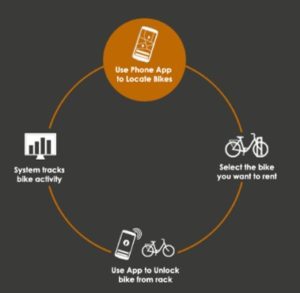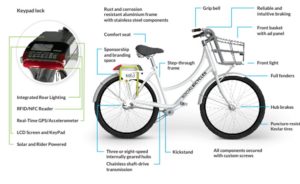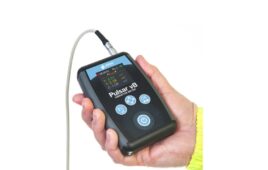They’re green. They’re yellow and many other very obvious colors. And, if they are in your town, they seem to be everywhere. Bike-sharing has become a high-volume business for companies with unusual names, like Ofo, Didi Chuxing, Mobike, LimeBike, and more.
According to Ofo’s website, the process simply consists of: “Find it. Scan it. Ride it Lock it.” Outside of the ride it part, technology plays a key role in the other three steps.
After downloading the app and joining, which provides the means to charge for the service, the user can observe the available bikes within a specified range such as 1.5 miles, find a bike they want, scan the code in their app to unlock the bike and then ride. The clock is running on charges that are typically about $1/hour until the rider logs off and leaves the bike, basically anywhere they want.
On Bike Share that offers bike share systems for properties, campuses and communities visualization of the bike-share process.
When the bike sharing service does not require the bike to be returned to a specific docking station location, that’s where the sensing comes into the business model. Each bike has an electronics module with a Global Positioning System (GPS) locator, similar to the ones used in smartphones made possible by low-cost GPS chips. So a bike can be left virtually anywhere and GPS also allows tracking the bicycle while it is being driven to avoid problems with the renter’s policy restrictions.
Social Bicycles’ Smart-Bikes have even more sensors and other electronics. In addition to the real-time GPS/accelerometer and GSM ((Global System for Mobile Communications), the electronics system also has radio frequency identification (RFID)/near-field communication (NFC). The electronics are solar and rider powered to avoid frequent changing of batteries and unnecessary maintenance by the rental company.
Filed Under: Sensor Tips






Tell Us What You Think!